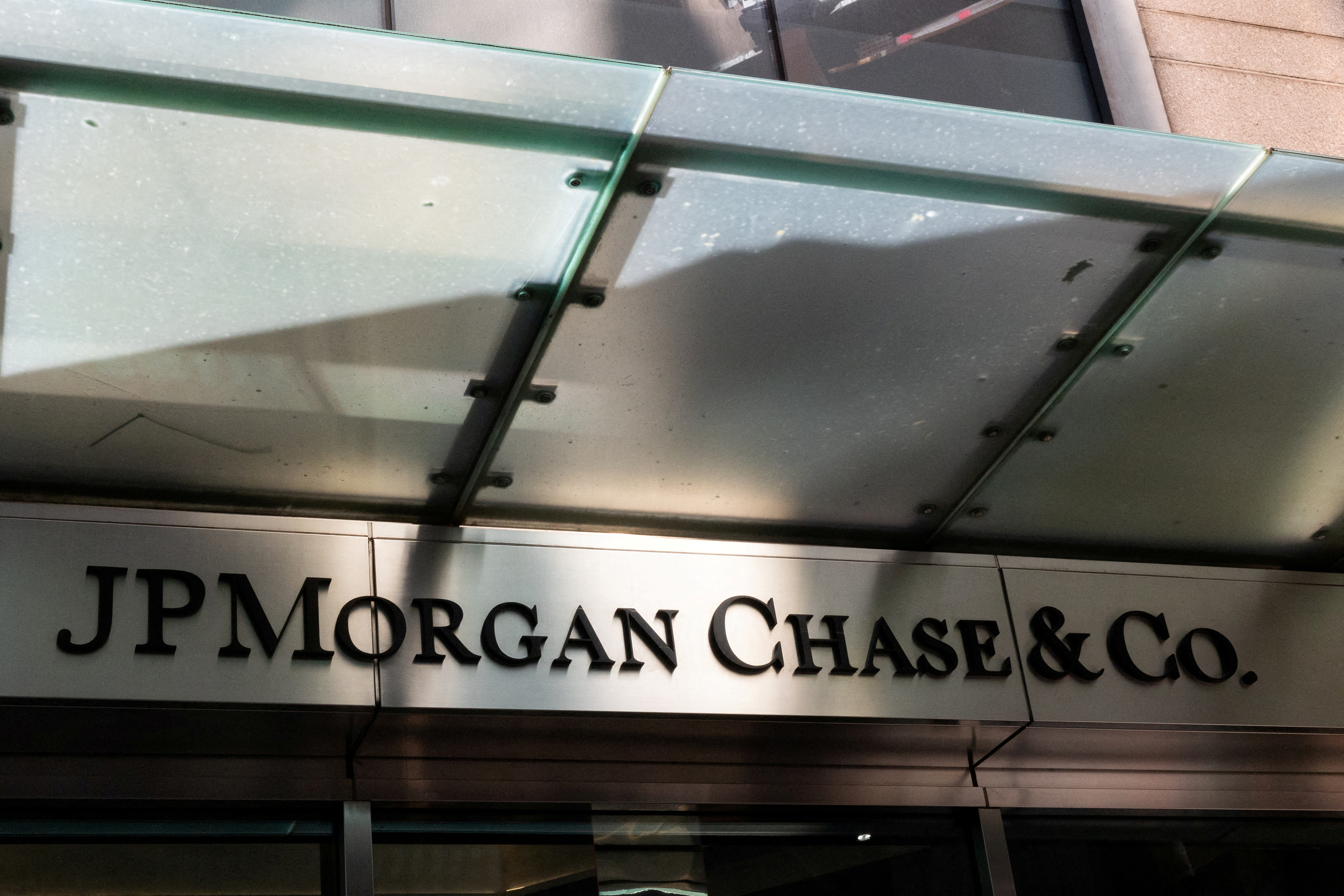California financial regulators embargoed the First Republic Bank and sold all their deposits and most of their assets to the JPMorgan Chase Bank, in an attempt to prevent further banking turmoil in the United States.
First Republic, based in San Francisco, is he third midsize bank to fail in two months. Since the bankruptcy of Silicon Valley Bank and SignatureBank, investors and depositors have become increasingly concerned that it may not survive due to its high volume of uninsured deposits and its exposure to low interest rate loans.
The Federal Deposit Insurance Corporation (FDIC), reported early Monday that the 84 branches of First Republic Bank in eight states will reopen Monday as branches of JPMorgan Chase Bank.
regulators they worked over the weekend to find an exit before the opening of the US stock markets. Markets in many parts of the world were closed on Monday for the May 1 holiday. The two open Asian markets, tokyo and sydneythey went up.
As of April 13, the First Republic had approximately 229,000 million dollars in total assets and $104 billion in total deposits, according to the FDIC. At the end of last year, the Federal Reserve ranked it 14th in size among US commercial banks.

Before the bankruptcy Silicon Valley Bank, First Republic it had a banking franchise that was the envy of most of the industry. His clients, mostly wealthy and powerful, rarely defaulted on their loans. The bank, with 72 branches, has made much of its money making low-cost loans to the wealthy, reportedly including the CEO of Meta Platforms, Mark Zuckerberg.
Flush with deposits from the wealthy, First Republic saw total assets more than double to $102 billion at the end of the first quarter of 2019, when its full-time workforce stood at 4,600.
But the vast majority of its deposits, like those at Silicon Valley and Signature Bank, were uninsured, meaning they were above the $250,000 limit set by the FDIC. And that worried analysts and investors. If First Republic were to fail, its depositors might not get all their money back.
Those fears crystallized in the bank’s recent quarterly results. The bank said depositors withdrew more than $100 billion from the bank during the April crisis. San Francisco-based First Republic said it was only able to stem the bleeding after a group of big banks stepped in to save it with $30 billion in uninsured deposits.
Ever since the crisis broke, First Republic has been looking for a way to bounce back quickly. The bank planned to sell unperforming assets, including low-interest mortgages it offered to wealthy clients. It also announced plans to lay off up to a quarter of its workforce of some 7,200 by the end of 2022.
Investors remained skeptical. Bank executives have not taken questions from investors or analysts since the bank reported its results, sending First Republic shares plunging further.
(With information from AP)
Keep reading:


